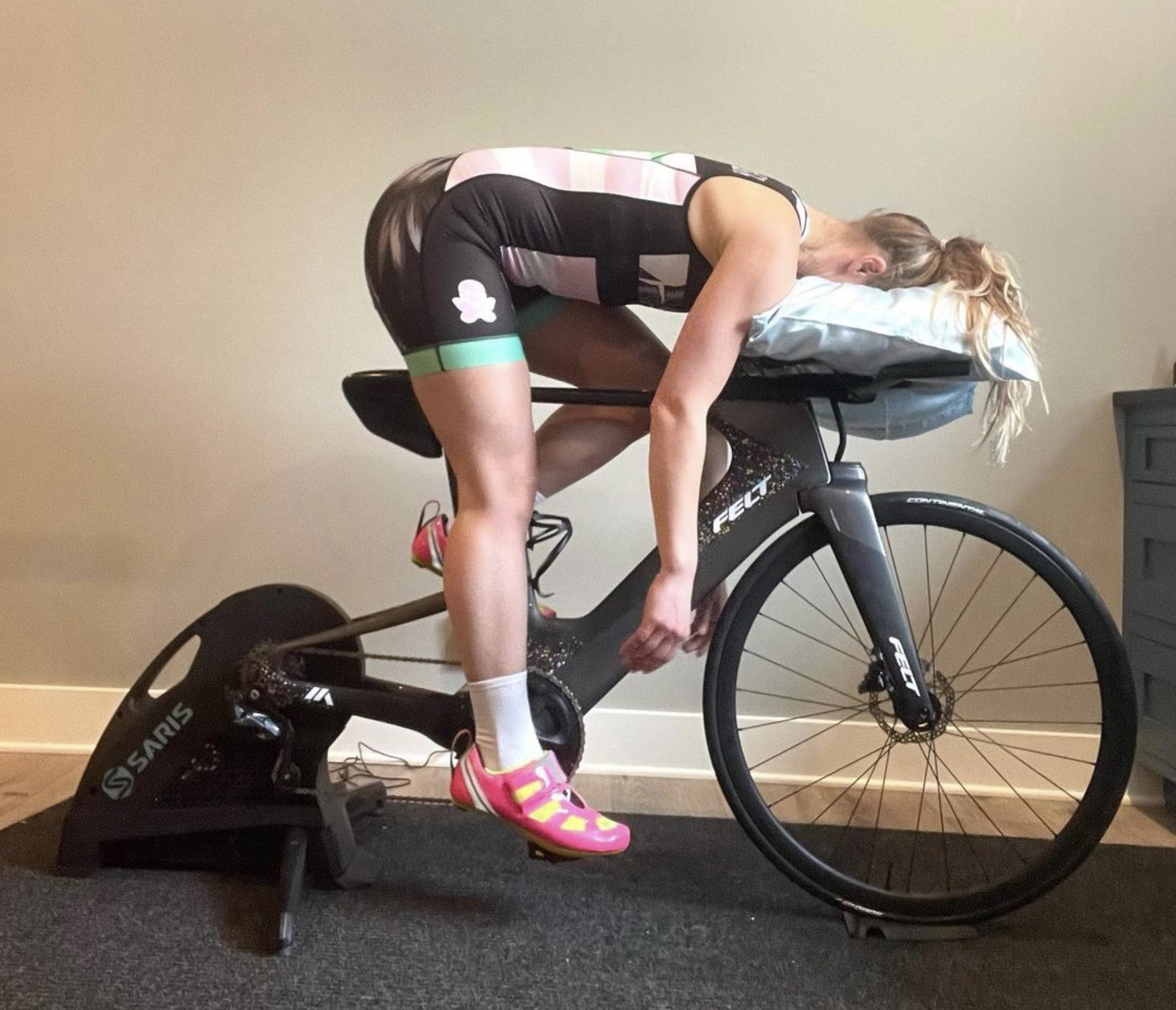What is “Bonking” or “Hitting the Wall”?
Bonking or Hitting the Wall can have disastrous effects on race day. Making sure you are properly fueled and hydrated is key.

As committed triathletes we spend substantial amounts of money and time training our bodies to perform on race day. Months, even years, of blood, sweat, and tears bring us to that finish line. However, one important and often overlooked element keeps many athletes from finishing on top: poor race day nutrition.
The dreaded BONK or Hitting the Wall. It’s real and it can ruin your race.
What is “bonking” or “hitting the wall”?
Bonking is a condition of sudden fatigue and energy loss that is caused by the depletion of glycogen stores in the liver and muscles. Some studies show there is an immediate 14% drop in avg power when stores are depleted. Simply put, you did not supplement enough fuel during the race and your body used up all its reserves.
What does bonking or hitting the wall it feel like?
Bonking can present itself in many forms, however the tell tale sign is typically an observable drop in output even though you are putting in the same level of effort. Other AgeGroupers have shared feeling:
- Sudden feeling of fatigue or weakness
- Increase in Hunger
- Shaking in the hands and limbs
- Excessive sweating
- Dizziness or light-headedness
- Nausea
- Some have even reported feeling heart palpitations
How to avoid the Bonking or Hitting the wall
Nutrition is often considered the fourth discipline of triathlon – it’s that important. A fueling strategy should focus on replenishing the three core elements that are depleted by your body during a race: water, electrolytes and carbohydrates. Each athlete needs to determine the right “recipe,” or mix, amount and mode, to satisfy each element.
“I have learned that solids are easier to take in on the bike while your core is in a fairly steady position and your heart rate is lower. On the run, more “liquid” solids (e.g., gels) are easier to digest because of the higher heart rate and the bouncing from the impact” said age grouper Carley Gross (F25-29, WA)
To make sure you are fueling up correctly for your next race, check out our race day fueling guide from Registered Dietitian and Endurance Sports Nutrition Coach, Alex Larson RD.
Feature Image Photo Credit: @tri_mom_of4

